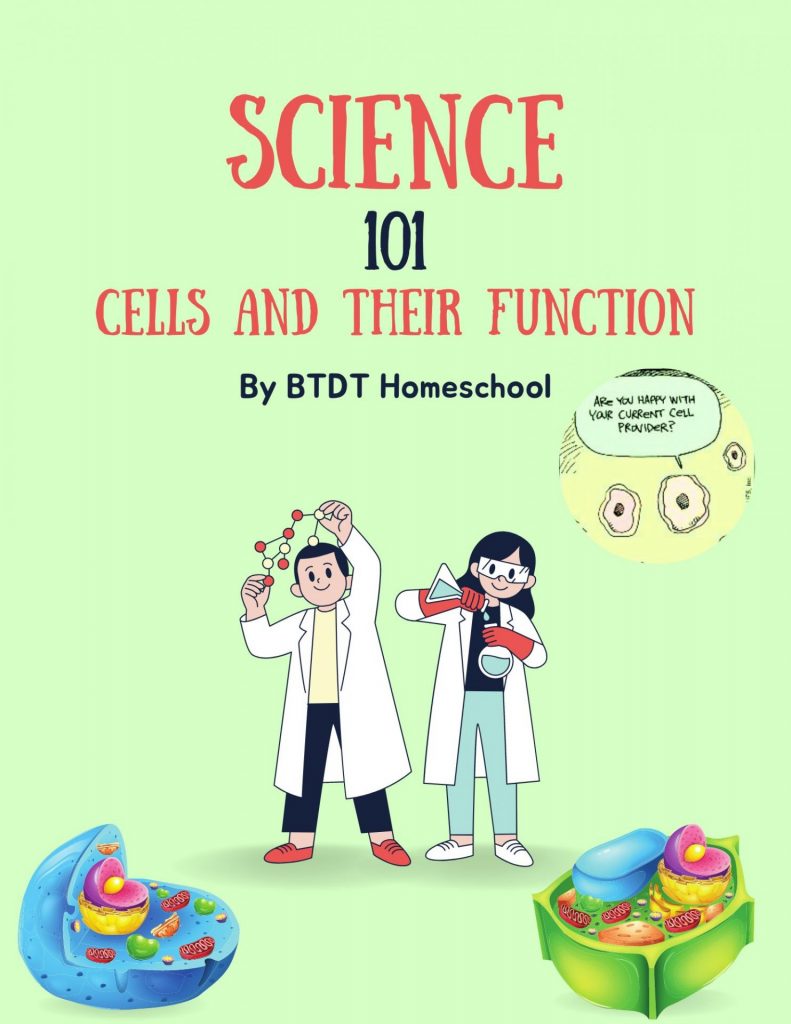Making a Jello Cell
Download your FREE Science Bundle to learn about Cells
Years ago, we did this project to kick off our “Not Back to School” week. My kids are teenagers now but still remember the Jello Cell Activity!
Cells are the basic unit of all life. All living organisms, including plants, are composed of trillions of cells, each containing its own set of organelles responsible for a host of functions that ultimately enable the larger organism to function. Create an edible cell model with your children to help them understand the structure of cells in a fun and hands-on way!
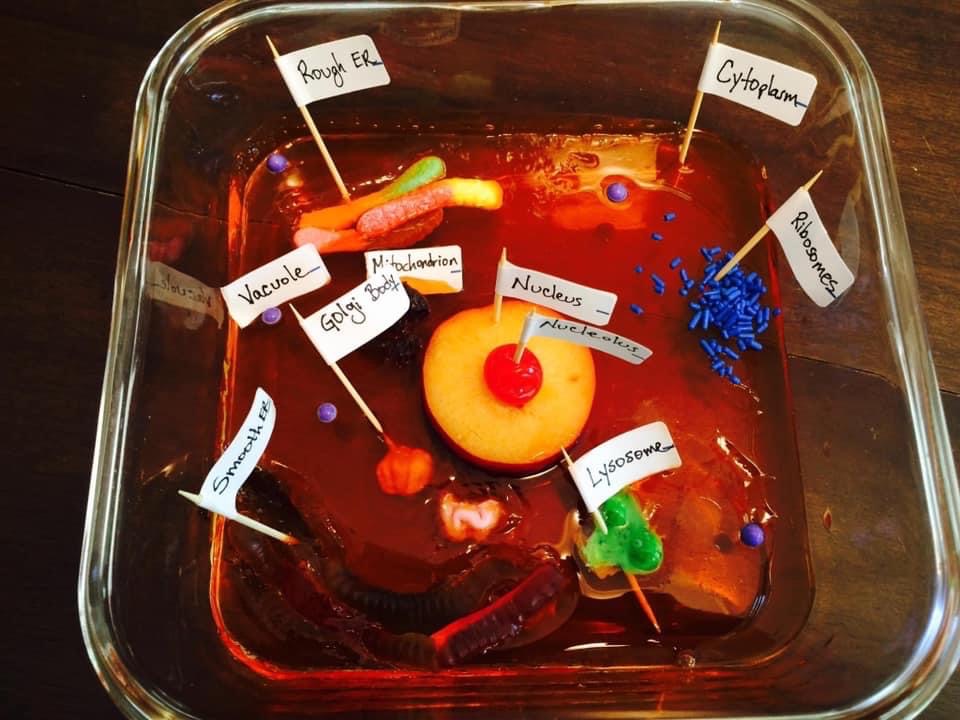
Materials Needed*
- Small strips of paper
- Tape
- Toothpicks
- Jell-O mix
- Water
- Glass square container
- Pineapple Ring
- Maraschino Cherry
- Fruit roll-ups
- Sugar-coated gummy worms
- Smooth gummy worms
- Gumdrops
- Sixlets
- Raisins
- Gobstoppers
- Sprinkles
*Use any variation of candy to represent if you can’t locate an ingredient. Get creative!
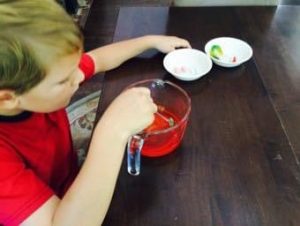

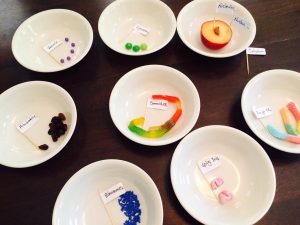

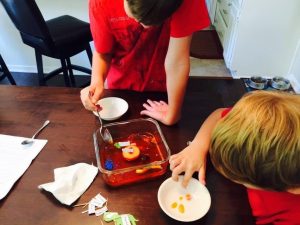
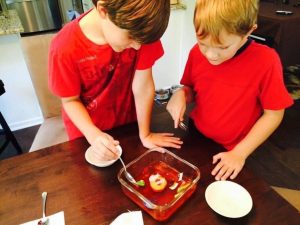
BTDT Homeschool was created with a heartfelt mission: to empower and give back to the secular homeschool community.
Through our informative podcasts, blog posts, daily inspiration, and a wide range of free printable tools, we aim to empower you on your homeschooling journey.
New to Homeschooling>>>

Instructions:
Enjoy your delicious and educational Jell-O cell model!
- Labeling the Organelles
- Write the name of each organelle on a small strip of paper.
- Tape each strip to a toothpick.
- Insert the toothpick into the gelatin next to the corresponding organelle to label the components of your cell model.
- Preparing the Jell-O
- Make the Jell-O according to package instructions, but use about ¾ of the recommended water.
- This ensures your “cytoplasm” will be sturdy enough to hold all of the “organelles” without shifting or sinking to the bottom of the cell.
- Creating the Cell Model
- Pour the Jell-O into a container (a glass square container works well).
- The container will act as the cell wall or membrane.
- For a plant cell, you may want to use lime Jell-O.
- Setting the Jell-O
- Place the Jell-O in the refrigerator for about 45 minutes, until it is almost set but not quite.
- While waiting, prepare the other supplies.
- Cut the nectarine in half, ensuring the pit stays in one half.
- Cut the fruit roll-ups into ¼ inch strips.
- Adding the Organelles
- Nucleus: Slip the pineapple ring with cherry into the center of the Jell-O representing the nucleus
- Rough and Smooth ER (endoplasmic reticulum): Place some sugar-coated and smooth gummy worms around one side of the nucleus to represent rough and smooth ER.
- Centrosomes: Push a few gumdrops around the nucleus
- Lysosomes: Scatter sixlets through the Jell-O for lysosomes.
- Mitochondria: Use raisins to represent the mitochondria.
- Vacuoles: Use Gobstoppers to symbolize vacuoles.
- Ribosomes: Sprinkle the Jell-O with sprinkles to represent ribosomes.
- Golgi bodies: Fold your fruit roll-ups into accordions and insert them as Golgi bodies.
- Finalizing the Cell Model
- Allow the Jell-O to set for about 20 more minutes, or until fully set.
This hands-on project will not only provide a fun and engaging activity in your homeschool, but it also teaches your children to visualize and understand the structure of cells in a creative way.
Years later, when my son was in Homeschool High School Biology, he created a “Cell Cake” without my help. He had a lot of fun with this one too!

Check out our Early Science Page and Podcast Episode >>

Download FREE Cell Pack:
